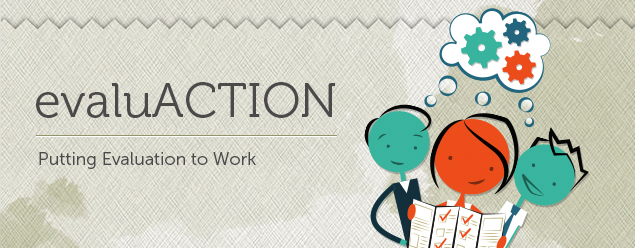
In the time since we began to recognize violence as a serious public health concern, growing research has identified key data that can help us proactively address the problem. Every year, successful programs continue to evolve that are helping professionals and community leaders build effective prevention programs. But there is still more work to be done. This is where you can help.
Preventing violence begins by understand the basics. The training and resources you will find on VetoViolence focus on primary prevention, that is, stopping violence before it starts. Primary prevention complements caring for victims of violence and holding perpetrators of violence accountable.
Our resources and training also take a public health approach [EM1] [MRB2] to understanding and preventing violence. This systematic process involves four steps: 1) Describe the Problem, 2) Identify Risk and Protective Factors, 3) Develop and Test Prevention Strategies, and 4) Assure Wide Spread Adoption.
We also follow a four-level social [EM3] ecological model to help us understand violence and the effect of potential prevention strategies. This model considers the intricate interaction between individual, relationship, community and societal factors. A prevention approach targeted at more than one level is more likely to reduce violence over time.
Learn more about these prevention basics from our Principles of Prevention training.


